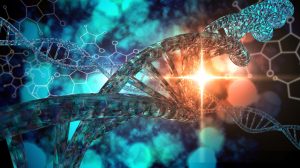Definition
noun
(1) Common name for the plant species, Strychnos toxifera
(2) The substance containing the alkaloid D-tubocurarine and is derived from the plant species, Strychnos toxifera
Supplement
Curare refers to the plant species known for producing the toxic substance used in making poisonous arrows.
The substance extracted from the plant is also referred to as curare. It is used as arrow poison particularly by South American Indians. It is a muscle relaxant substance and works by blocking the motor end plate transmission and acting as a competitive antagonist for acetylcholine. It reversibly inhibits the nicotinic acetylcholine receptor at the neuromuscular junction. When administered at a particular dose can cause death through asphyxiation by paralyzing the diaphragm.
Three general varieties of curare were described by Rudolf Boehm: (1) tube curare, (2) pot curare, and (3) calabash or gourd curare. The tube curare, also called tubocurarine or curine, is used as a base of incostrin and d-tubocurarine chloride that is highly toxic when crude. Nevertheless, it has no effect in human beings when taken orally (not like in birds, particularly, pigeons) due to slow absorption and rapid excretion. 1
Variant(s):
- curari
See also:
Related term(s):
- tube curare
- pot curare
- gourd curare
Reference(s):
1Gray, TC (1947). “The Use of D-Tubocurarine Chloride in Anæsthesia”. Ann R Coll Surg Engl 1 (4): 191–203. PMC 1940167.







